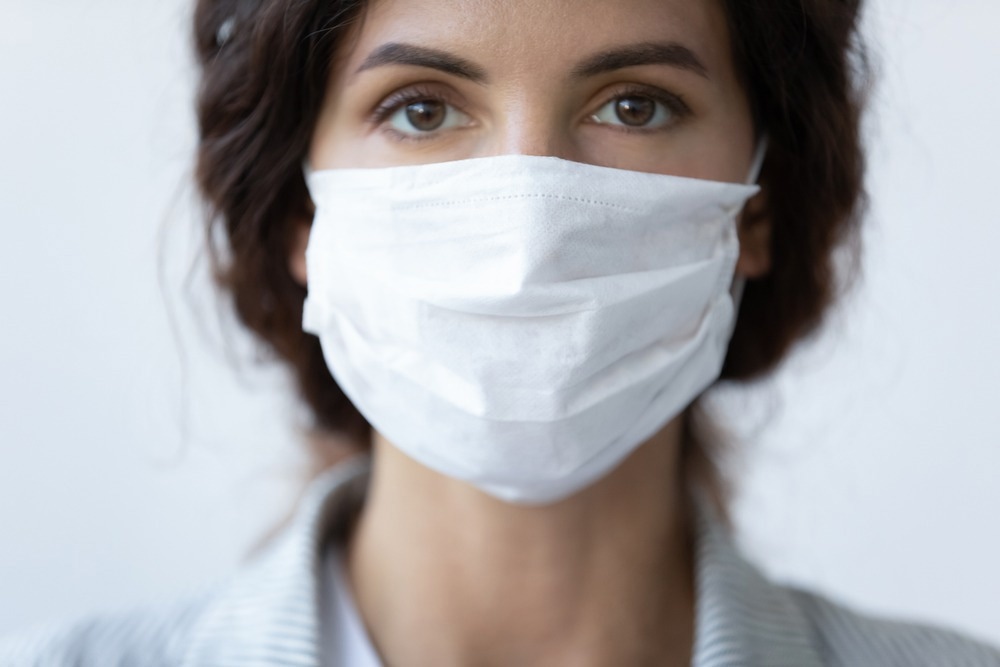In a recent study published in the Frontiers in Immunology, researchers evaluated the outcomes of coronavirus disease 2019 (COVID-19) in individuals with common variable immunodeficiency (CVID).
 Study: Outcome of SARS-CoV-2 infection among patients with common variable immunodeficiency and a matched control group: A Danish nationwide cohort study. Image Credit: fizkes/Shutterstock
Study: Outcome of SARS-CoV-2 infection among patients with common variable immunodeficiency and a matched control group: A Danish nationwide cohort study. Image Credit: fizkes/Shutterstock
Background
The clinical course of COVID-19 in people with inborn errors of immunity (IEI) has been debated compared to that in the general public. This subset of the population may be more susceptible to COVID-19. Conversely, it has been suggested that the cytokine storm during COVID-19 might be attenuated in some IEI subtypes.
A recent study reported that COVID-19 severity and case fatality rate among individuals with IEI were not substantially different from that in the general population.
By contrast, genetic variants affecting innate immunity are associated with a higher risk of fulminant COVID-19. Moreover, reported outcomes have varied among IEI groups. Preliminary case reports suggested that agammaglobulinemia patients may have better COVID-19 outcomes than those with CVID, albeit it has been challenged.
About the study
In the present study, researchers evaluated the impact of COVID-19 on individuals with CVID relative to the general population in Denmark. This was a population-based, age- and gender-matched nationwide study comparing COVID-19 outcomes in CVID individuals with the general population. The Danish Civil Registration System was used to extract data on birth, vital status, emigration/immigration date, and death.
Data on SARS-CoV-2 tests and results were collected from the COVID-19 surveillance system. Information on COVID-19 vaccination was obtained from the Danish Vaccination Register. The Danish National Patient Register, which comprises information on admission and discharge dates, diagnoses, and procedures, was accessed for morbidity data. The personal identification numbers (PINs) assigned to all Danish residents and immigrants were used to merge register data.
The research team included individuals aged 18 or above living in Denmark at study inclusion who were registered thrice or more with D830, D838, or D839 International Classification of Diseases, Tenth Revision (ICD-10) codes. The study inclusion date was March 1, 2020, or when the subject was registered with the specified ICD-10 codes, whichever was later. Eight controls from the general population were randomly matched to each patient.
The study outcomes were time to these events – dates of 1) first SARS-CoV-2-positive test, 2) second positive test, 3) second/third vaccination, 4) first hospital contact with COVID-19, 5) hospitalization with severe COVID-19, and 6) hospitalization after the first positive test. Time was calculated from the study inclusion date to emigration, death, May 1, 2022, or until the outcome. Incidence rate ratios were computed in CVID individuals and controls for the specified outcomes.
Findings
There were 313 individuals with CVID matched to 2504 controls. Most individuals were female and born in Denmark. The analysis included 494 and 4,067 person-years of follow-up in CVID and control cohorts, respectively. The Charlson comorbidity index (CCI) differed between CVID and control individuals. In line with national guidelines, CVID individuals received their second/third COVID-19 vaccine doses before the controls.
The time to the first SARS-CoV-2-positive test was slightly different between the two cohorts. The frequency of COVID-19 testing was consistently different between the two groups throughout the study. CVID individuals had elevated testing frequencies earlier in the study, while controls had increased testing during March-August 2021. However, the testing frequencies differed marginally later in the study.
Forty-five individuals with CVID had contact with the hospital for COVID-19, and four had to hospitalize due to severe disease. Individuals in the CVID group had an elevated hospitalization risk after testing positive for COVID-19. Very few individuals in either group required mechanical ventilation.
Deaths were significantly low in both cohorts without differences in the mortality rate between CVID and control groups. Though insignificant, triple-vaccinated subjects had a lower risk of COVID-19 than double-vaccinated individuals. Besides, subjects who received three vaccine doses in the CVID group had an increased risk of hospital encounters compared to those who received two doses.
Conclusions
The study found a marginal increase in the risk of first SARS-CoV-2 infection and reinfection in the CVID group. Nonetheless, this (effect) was more prominent from January 1, 2022. Similarly, the risk of hospital encounter and admission was higher; reassuringly, the mechanical ventilation requirement and mortality were not elevated. Overall, individuals with CVID had a relatively benign course of COVID-19, notwithstanding the higher CCI scores.